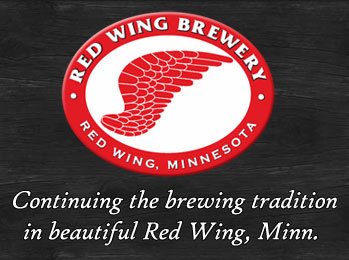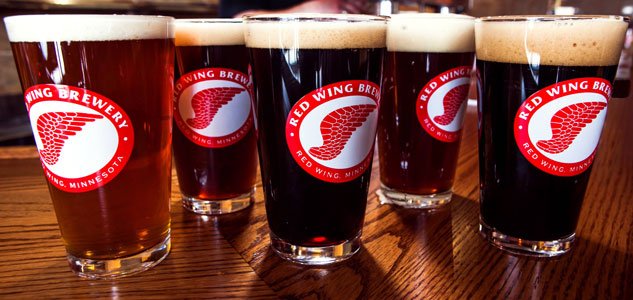Have you ever heard that beer should be served ice-cold?
This can be true for certain beers, but not all beers are the same and the consumer shouldn’t feel obliged to drink them all the same way. Enjoying beer is a sensory experience, and different beers are best enjoyed when they are served under specific conditions suited to their styles.
In general, lighter beers can be appropriately served at colder temperatures while darker or heavier beers can be served at slightly warmer temperatures. For example, manufacturers of American light lagers prefer their beers to be served at just above freezing (some even sell cans that indicate when the beer inside is cold enough). While the cold temperature dulls the taste buds, the enjoyment comes from the higher carbonation level and lighter mouthfeel that is characteristic to this style. These “refreshing” beers can be especially enjoyed on a hot day or when paired with spicy foods. On the other hand, a less-carbonated oatmeal stout served at cellar temperature (around 50-55 degrees) can offer a pleasing roasted flavor, a malty or coffee-like aroma, and a silky mouthfeel that can be easily savored in the comfort of a warm fire or following a rich dessert.
Again, this is a generalization. A true cicerone (a trained and knowledgeable beer professional, as a sommelier is to wine) would be able to offer precise temperature ranges and glassware that is fitting for various beer styles. However, a few simple tips will help you to appreciate your beer on a fuller level, even if you are not a professional beer taster!
If you are sampling more than one beer, drink the lighter beers first
(before the darker ones), as darker beers will tend to be more robust. Also, cleanse your mouth with water between beer samplings to avoid tainting the taste of the other beers.
Observe the color, shape, and texture of the head after the pour.
Is the head white and fizzy, or is it light-brown and creamy? Is it rocky (with large foamy peaks and valleys) or smooth? Or is there no head at all (indicating that there is soap residue on the glass from washing)?
Smell the aroma before your first sip.
Do you detect the scent of sweet malt, dark roast, or warm bread? Is your beer spicy or floral? Can you notice an adjunct, such as honey or fruit? Is there an off-smell (such as cooked corn, old cheese, or skunkiness, indicating that the beer has gone bad)? (Note: a highly-carbonated and ice-cold beer beer may not actually give off much aroma, but the carbonation might still “tickle” your nose.)
Look at the color.
Is it straw-like, as with a pale ale, or can you not see through it, as with a stout? Is it cloudy, as a farmhouse ale or wheat beer might be, or clear, as a lager might be?
Take a sip.
What is your first impression? Is it hoppy or malty? Is it balanced? Is it overly malty or bitter (which is intended in some styles)?
Roll it around on your tongue.
What do you notice now? What is the mouthfeel (thin, thick, fizzy, velvety)?
Swallow.
How does the beer “finish?” In other words, can you detect any new or lingering flavors that weren’t initially apparent? Does your first sip invite you to take another?
Repeat.
If it is a good beer, need we say more?
You can take the art of tasting beer to whichever level you prefer, whether it be sampling homebrews among friends or becoming a certified beer judge. Remember, though, that the most important factor of tasting beer and pairing beer with food is to drink what you enjoy. Cheers!

